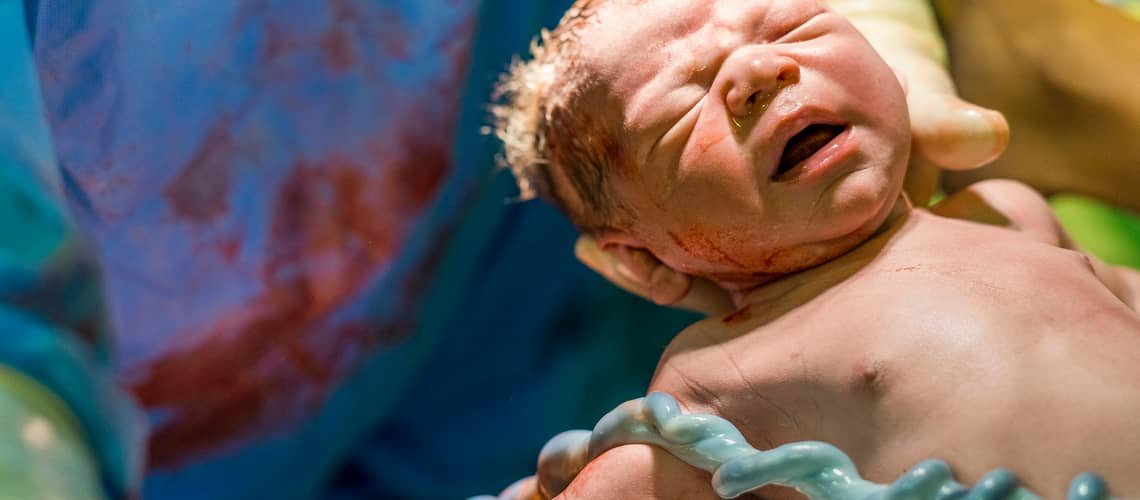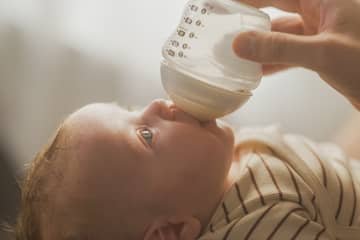
What does pulsatility of the umbilical cord mean?
The term umbilical cord clamping is associated with the arrival of a baby in the world and the subsequent cutting of the umbilical cord - the umbilical cord. The beating itself is related to the period of time when the umbilical cord is cut, which connects the child's organism with the mother's placenta, through which the child is nourished and supplied with blood during pregnancy.
Modern approaches usually prefer the possibility of cutting the umbilical cord immediately after birth. At the same time, there are discussions about whether it is advisable to let the umbilical cord pulse. The World Health Organization (WHO) recommends cutting the umbilical cord 60 to 180 seconds after birth. However, many experts agree with the claims of the American Association of Obstetricians and Gynecologists, who consider the optimal time for cutting the umbilical cord to be cut between 30 and 60 seconds after birth.
Cutting the umbilical cord within 30 seconds after birth is considered to be an early- early severing of the umbilical cord, when in this sense it is not allowed to pulsate. Delayed interruption, i.e., when the umbilical cord is still pulsating, is performed 30 seconds after birth. However, it must be said that the umbilical cord palpitation does not have an exact time interval. It may happen that the umbilical cord does not beat immediately after birth, but at the same time it can still beat 5 or 7 minutes after birth.
After birth, the baby can receive up to 80 ml of additional blood per minute when the umbilical cord is palpated, and up to 100 ml of blood after 3 minutes. This represents a significant supply of iron and red blood cells. It is the supply of blood during childbirth that is considered the most serious argument for letting the umbilical cord pulse. Research from 2011 carried out on 400 babies points out that the iron content in the blood was optimal in babies whose umbilical cord had been clipped, and the risk of anemia after birth was also minimized. Children whose umbilical cord was cut spontaneously had higher iron values 48 hours after birth than children whose umbilical cord was cut earlier. In addition, the group of children whose umbilical cord was punctured after birth did not suffer from severe neonatal jaundice and its course was only very mild. According to research, umbilical cord palpation is of great importance, especially in premature babies. On the contrary, a higher incidence of anemia - a lack of iron in the blood - was confirmed in babies who had an early interruption of the umbilical cord.
So when does umbilical cord palpation really matter? According to research results and experts' opinions, the ideal time to cut the umbilical cord is 30 to 60 seconds after birth. Clogging of the umbilical cord, i.e. delayed severing of the umbilical cord, will positively affect the supply of iron to the baby's body, thereby eliminating the risk of anemia and at the same time avoiding the risk of moving a large amount of red blood cells, which could cause a more serious form of neonatal jaundice.
Pridať komentár







